
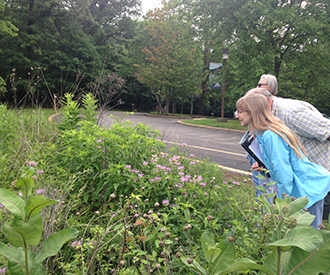 |
OBSERVE 1. Take a look at the area you would like to plant for pollinators. Take note about the sun and soil conditions - is it full sun or shade? Maybe somewhere in between? How about the soil - is it sandy, gravely or rich top soil? |
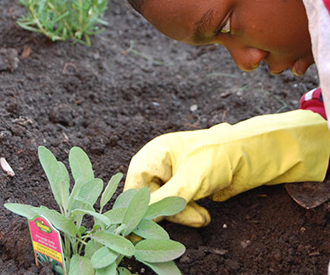 |
SELECT 2. Use what you have observed to decide what kinds of plants you would like to use in the garden. Remember, you can adjust your plant selections to meet the needs of your site. You can't adjust the sun or soil. |
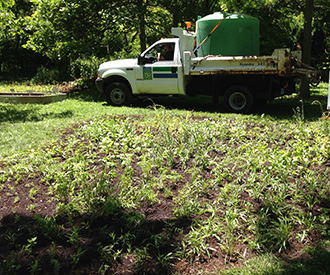 |
PLANTS VS SEEDS 3. Select your plants and decide whether you will use seeds, plants or a combination of the two. For smaller pollinator gardens, and as your budget allows, consider using mature plants or immature plugs. Using plants will mean quicker establishment, flowers, and pollinator visitors. For larger areas, consider using seed. Remember that it could take years for a seeded pollinator habitat to establish, so be patient. |
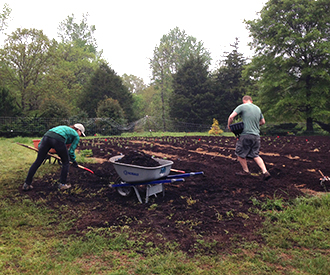 |
PLANT AND WATER 4. Plant your plants or sow your seeds. Water your newly planted garden. Remove weeds and fill in any gaps as needed with additional plant material. |
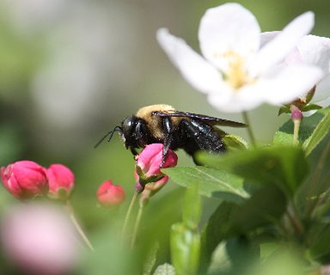 |
MONITOR AND SHARE
5. Observe the pollinators you have attracted and enjoy your success! Take photos of the blooms and be sure to register your garden and connect it to the network of caring partners who are supporting pollinators everywhere. |